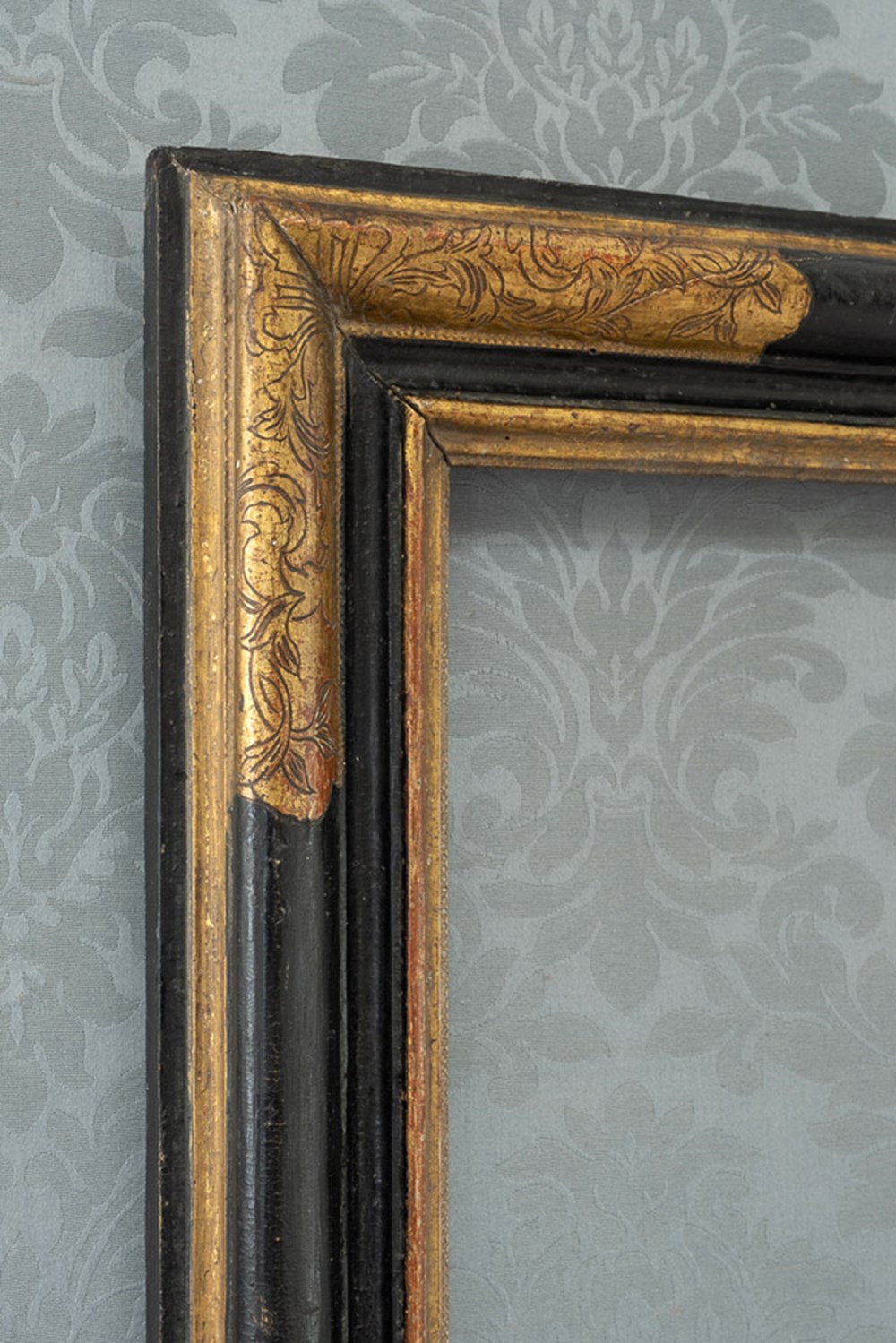Reframing CÉZANNE, Portrait of Antony Valabrègue, 1869–1871, The Getty Museum
Posted: 09 Apr 2025 by PML
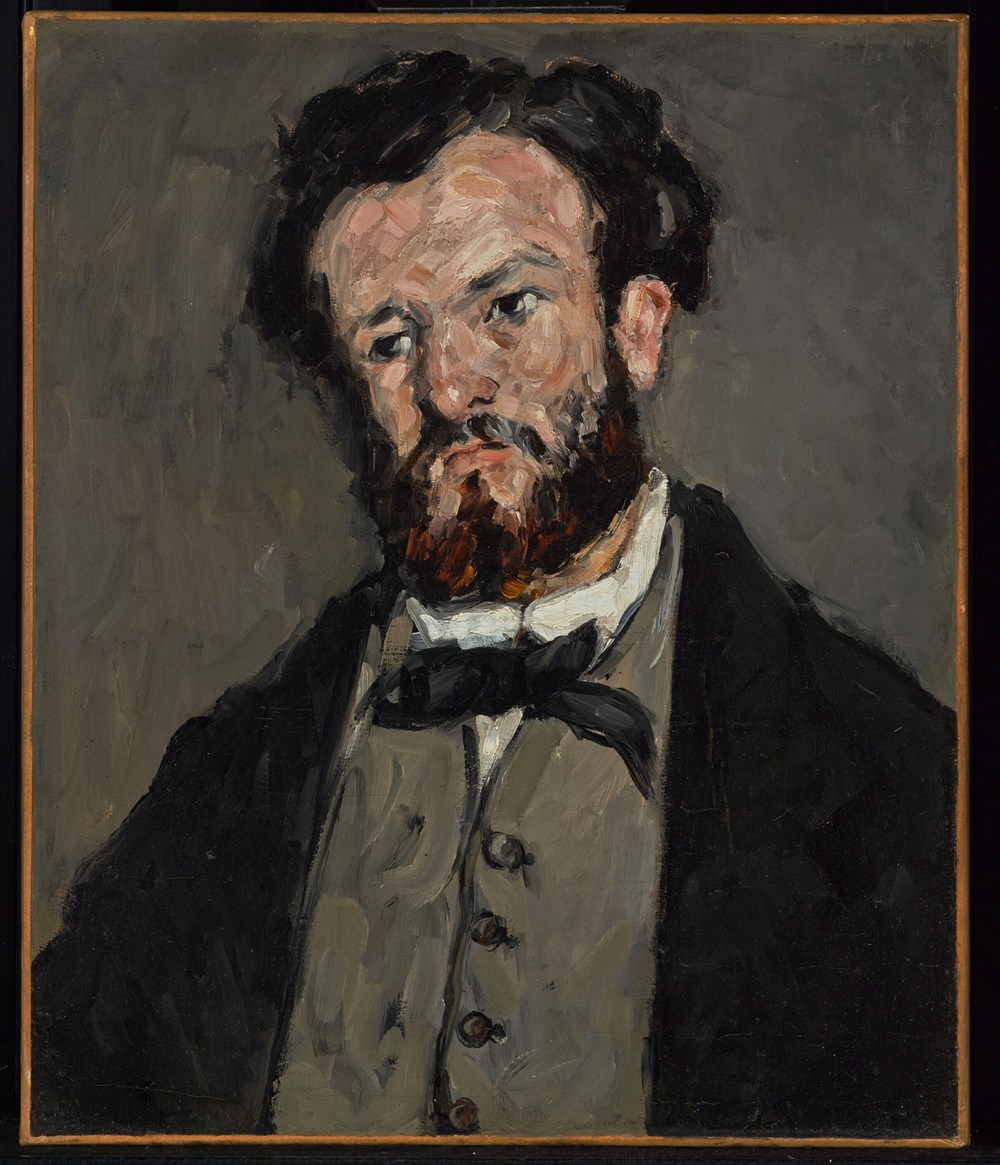
The poet and art critic Antony Valabrègue was, like Cézanne, born in Aix-en-Provence and grew up alongside the painter (although he was five years younger). He sat for him in his twenties, the most notable early portrait pre-dating this one by three or four years, and bursting into the presence of the Paris Salon admissions jury with what must have been an extreme case of the shock of the new. Valabrègue himself complained about the complexion which Cézanne had given him, and which does suggest either a nose cold or incipient alcoholism (National Gallery of Art, Washington).
The Getty’s portrait lacks the tension of the earlier painting; it is a study of profound intelligence at rest, Cézanne conjuring the inner life and awareness of his friend at the same time that he uses the palette knife with great precision to create an impression of physical volume and a sculptural three-dimensionality.
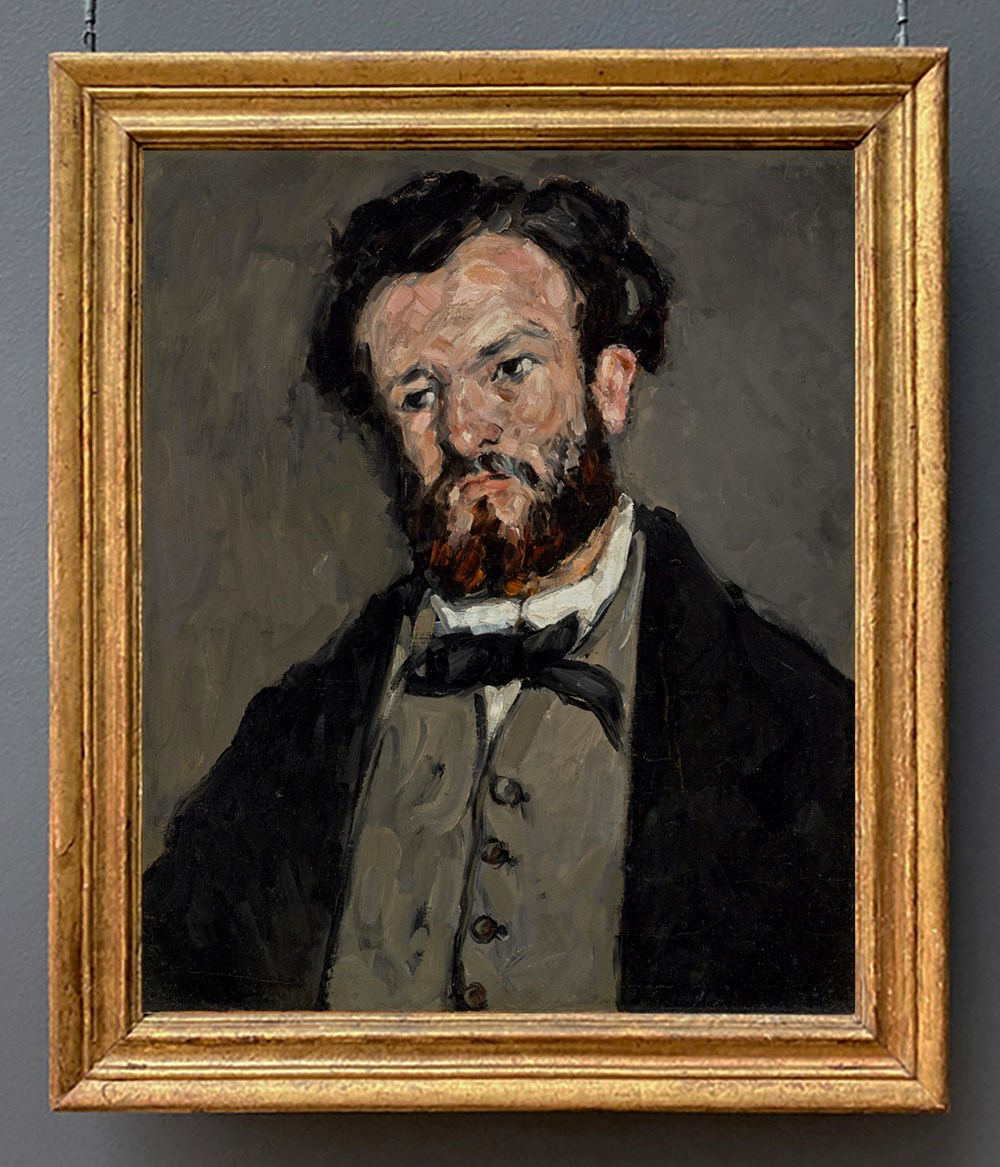
Unfortunately, the portrait had, at some point, been given a Roman Baroque Salvator Rosa frame which was gilded overall, and closed in the portrait, asserting itself with almost claustrophobic intensity. It detracted from the authority and presence of the sitter, and, although the style of the frame is itself sculptural, it seemed too slender – almost too flimsy – to contain the quiet monumentality of this pensive figure.

The Museum approached Paul Mitchell for ideas as to reframing the painting, and various options were suggested (all of these were antique frames, ranging in age from the late 17th to the second half of the 19th century). The frame above is a French Baroque Louis XIV frame, carved from oak in the last quarter of the 17th century, with a continuous pattern of undulating acanthus leaves and sprays of flowers. Details of the leaves and flowers have been recut in the gesso, like the cross-hatched ground of the ornament, which gives texture, and – like the original matte and burnished water-gilding – provides variation of light and shade. The width of the rail has much more substance than the old frame, and the untouched patination of the gilding means that the frame sinks back from the portrait, neither the ornament nor the finish competing with the image.
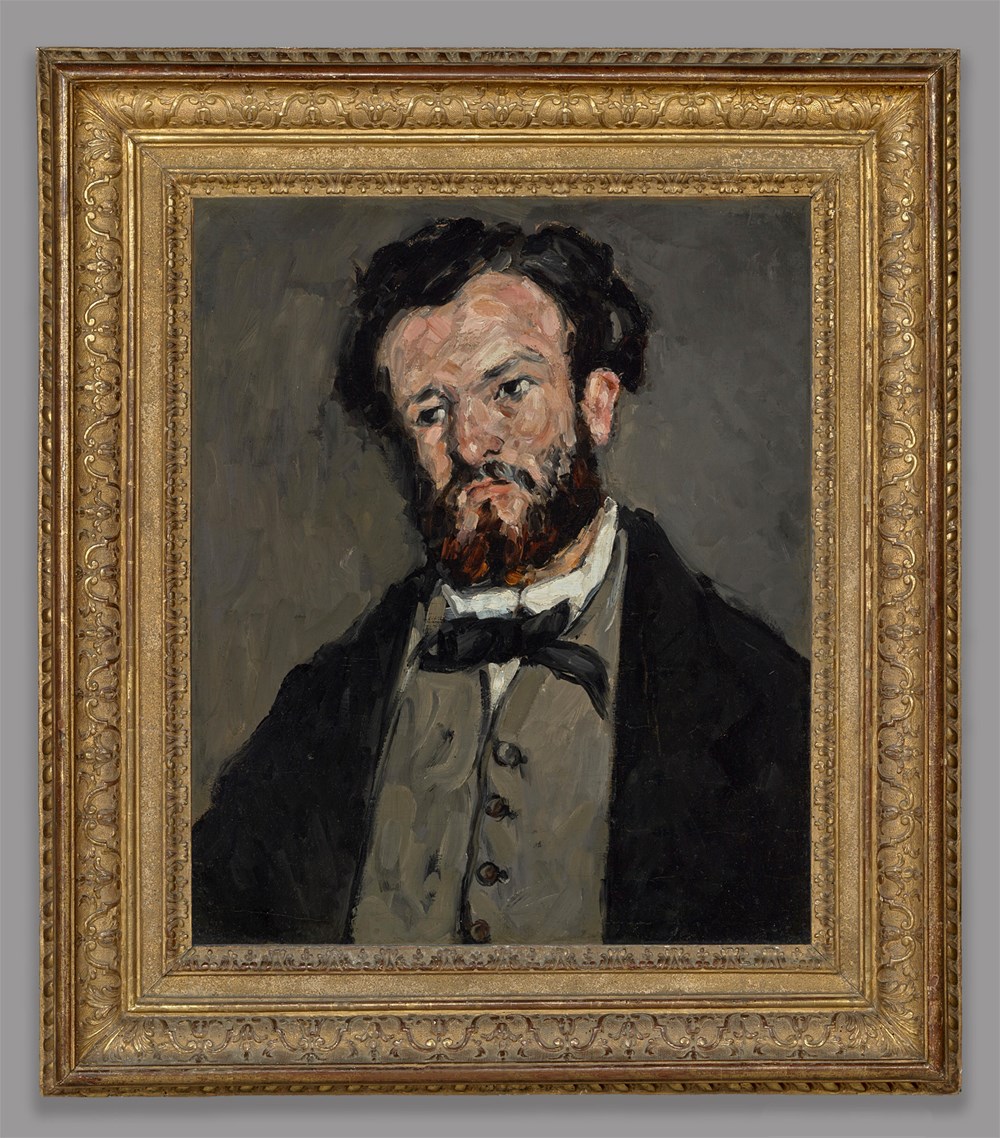
This is a rare early 18th century French Régence frame, where the ornament has been refined to a brocade-like pattern of scrolled strapwork and leaf buds on a cross-hatched ground, over which the light flickers in a semblance of shimmering movement. The frieze beside it has been sanded, lending further interest and texture, and there is an acanthus leaf-&-bud ogee at the sight edge, pointing inwards to the portrait. These nested runs of decoration provide a wide border around the painting, and the fineness of the various motifs creates animation whilst at the same time enhancing the sense of profound stillness and thought seeming to emanate from Valabrègue.
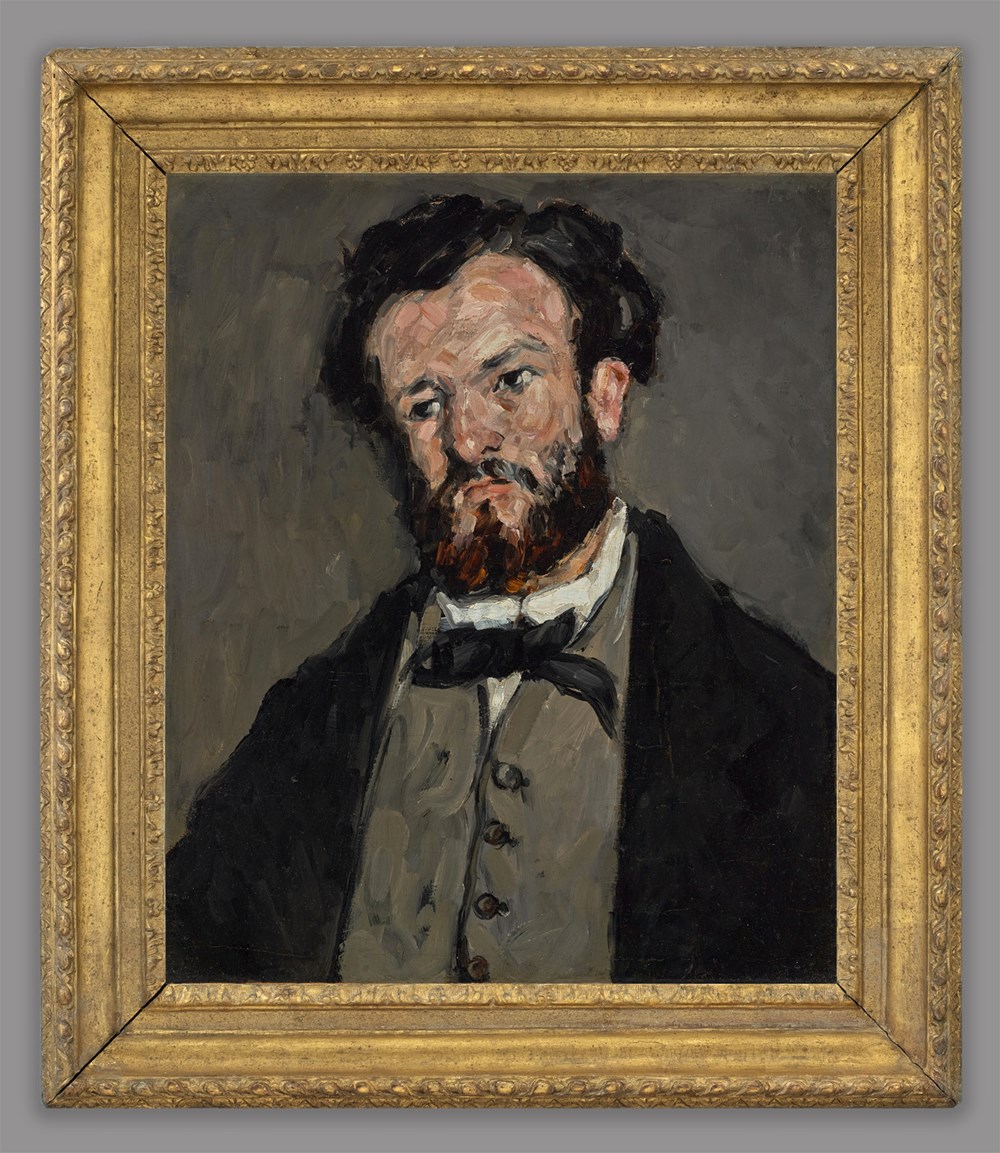
The third choice of frame is a French Baroque Louis XV pattern, dating from the 1720s-40s; made – like the previous two – from oak, and also retaining its original gilding. Like the others, it too provides a wide margin on which the eye can rest, and which opens up the close focus of the composition to the spectator. The gadrooning on the top edge, as well as the acanthus leaf-&-bud at the sight edge, subtly direct the attention inwards, whilst the wide gilded hollow gives greater illumination to Valabrègue’s portrait.
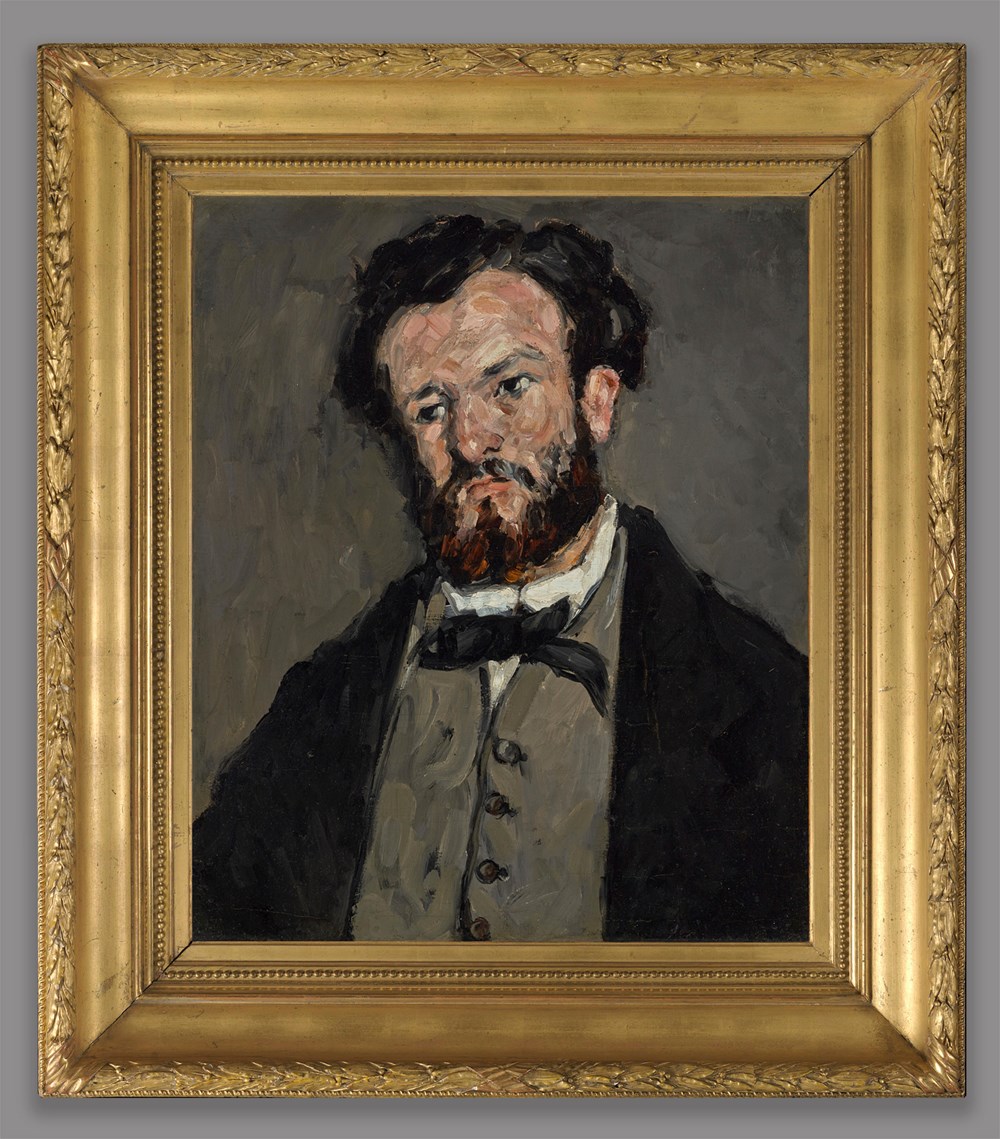
The frame above is a French ‘Salon’ style from the second half of the 19th century, and so the option nearest in time to the painting. At this point, the hand-carved frame had become a rare luxury, beyond the reach of many artists, and ornament was now generally cast in plaster and applied to the wooden carcass. Parisian framemakers had brought this mass-production technique to a fine pitch, however, and the detail achieved in the ornament of a Salon frame could be very close to that of earlier hand-carved work. The principal motif here is the garland of bunched bay leaves and berries, centred and bound with ribbons, and running along the top edge of the frame. Bay leaves had been the symbol of triumph (in the arts as well as war) since their use as wreaths to crown the victor in ancient Greece, and might be seen as appropriate to Valabrègue – although an ironic tribute to Cézanne, in the context of a Salon frame, since his earlier portrait of his friend had been firmly rejected from the exhibition.
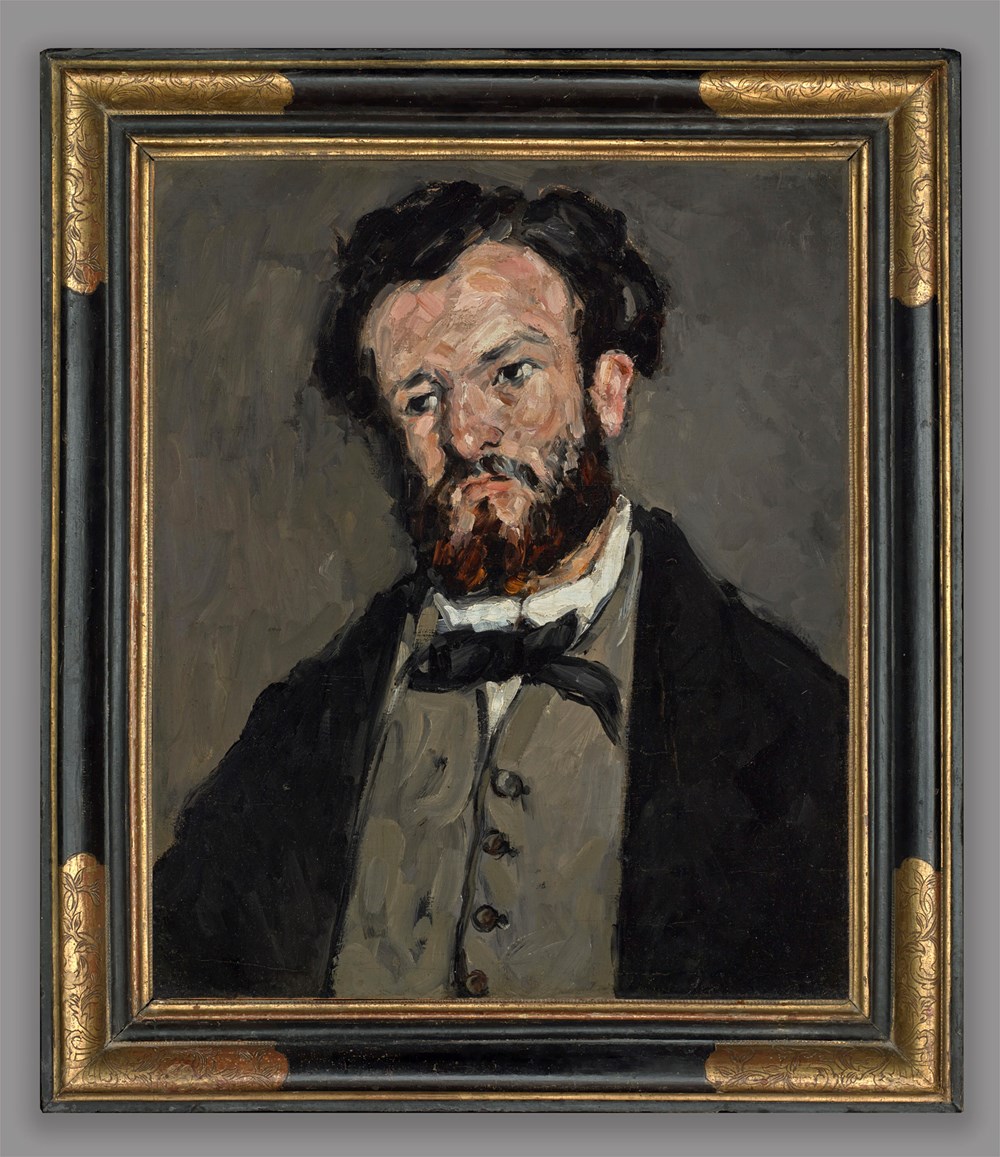
The last option is the frame which was chosen by the Museum. It’s another late 17th century Louis XIV pattern but this time in a provincial, rather than a Parisian, style, originating in Cézanne’s own region, in Provence. The moulding is plain and bold without being obtrusive; it echoes the flat blocks of colour in the portrait which are so innate to Cézanne’s painting style, and which are mirrored again in the parcel-gilt and black-painted finish. The smooth convex top moulding has shaped gilded panels at each corner, into which a beautifully free-flowing ornament has been inscribed; it’s composed of scrolling and intertwined leaves, springing from a fanned lambrequin which covers the mitre. Small black and gilded mouldings define the inner and outer contours in a frame which manages to be at once rich and subdued, decorative and restrained. It holds the portrait, opens it out to the viewer, and completes it in the most satisfying way, adding to its presence and power. Valabrègue could have nothing to complain about in this magical pairing…
